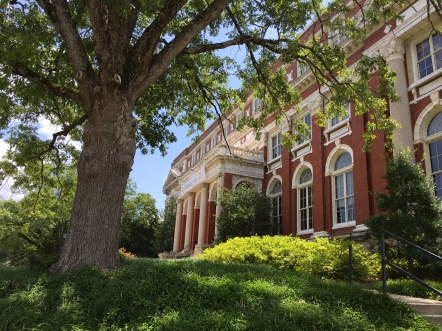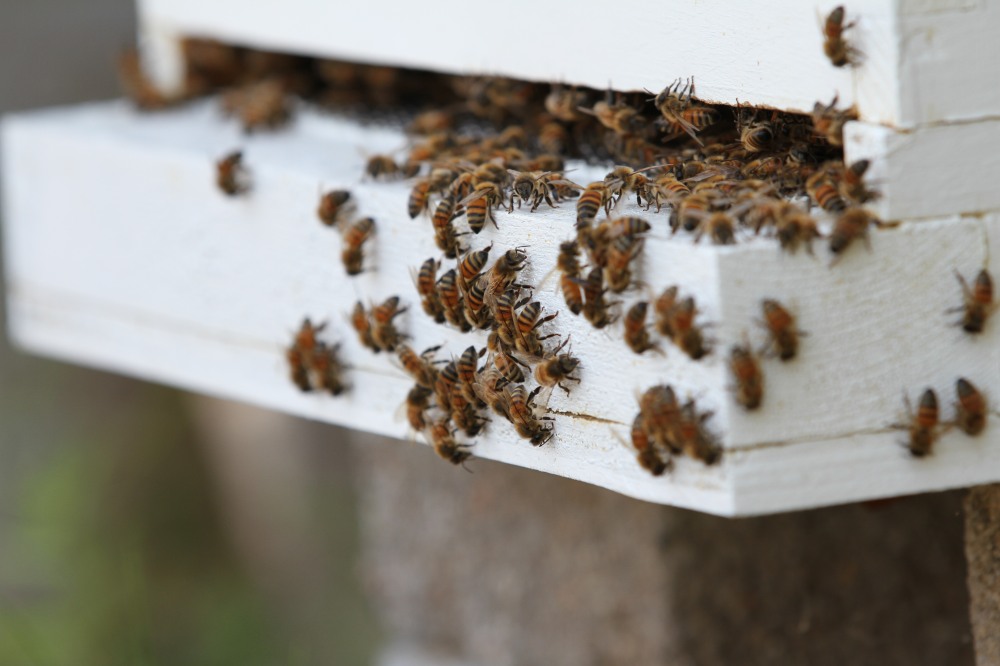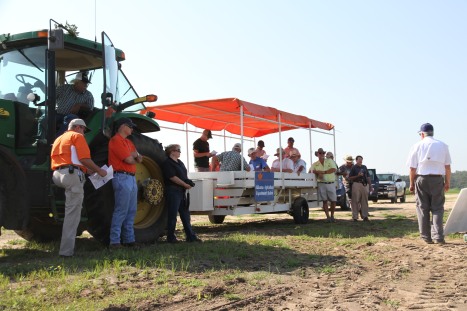Well, it’s been awhile since I have made a post, so I figured it was time. A lot has happened in the last few months. First off, I finished my second year at Troy, which was definitely bittersweet. Then, in the beginning of August, I moved to Auburn and began my degree in Agricultural Communications.

Comer Hall, built in 1910, houses the College of Agriculture at Auburn University. There are currently 1,430 students enrolled as AG majors at Auburn, which is a record for the college.
Moving to Auburn has certainly changed my life in more ways than one. I left a place where I had been surrounded by family my entire life, so I figured it would be difficult to adjust living away from home. I was excited for the adventure nonetheless. Little did I know I would become a part of another family so quickly. A family not connected through blood, but a spirit, the Auburn Spirit. Now Auburn is just as much of a home as Ramer is. Both will always be.
As far as classes are going, it’s the same old story. There is the glorious syllabus day, then material and then a test. However, it’s truly an awesome feeling to be sitting in a classroom learning how to better communicate agriculture to others, and learning how to plant vegetables. Some would say it’s senseless to think like this, but I would have to say it’s a blessing all the way around. Because, those classes aren’t only about planting vegetables and talking about cows, they are about preparing. Preparing for our future. This future holds more mouths to feed and a constant battle for advocates to promote the importance agriculture has to our existence.

“Tigertron,” otherwise known as the largest video-scoreboard in college football, made its debut during Auburn’s first home game on Sept. 12.
Nearly everyday, there is a new finding to witch fingers are pointed at the world’s largest industry to prove that parts of it are “bad.” From antibiotics in meat to genetically modified corn, we’ve heard it all. I feel that God has meticulously placed each person in the College of AG, so they can prove these findings incorrect. We will not give up; we simply have to take it one step at the time.
As I sit among my peers, I know without a doubt, the future of the agricultural industry is bright.
War Eagle, Hey…






